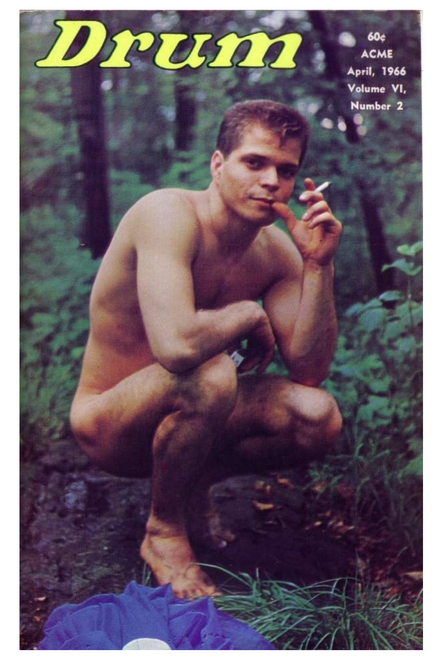Product Description
Rediscovering Drum: A Trailblazing Gay Erotic Magazine
In the rich history of LGBTQ+ media, Drum magazine stands out as a groundbreaking publication that pushed boundaries and challenged societal norms during its time. Published between 1964 and 1969, Drum was much more than a gay erotic magazine. It became a platform for advocacy, culture, and connection in an era when LGBTQ+ visibility was almost nonexistent.
The Visionary Behind Drum
Clark Polak, a gay rights activist and entrepreneur from Philadelphia, founded Drum under the auspices of his Janus Society, an early homophile organization. Polak’s vision for Drum extended beyond titillation; he aimed to create a publication that celebrated gay identity and addressed the social and political challenges faced by the LGBTQ+ community. His boldness and foresight ensured that Drum would leave an indelible mark on gay culture.
What Made Drum Unique?
Drum was revolutionary for its time, blending erotic imagery with thought-provoking journalism. Each issue featured:
-
Erotic Art and Photography: Drum unapologetically showcased homoerotic art and photographs, pushing back against censorship laws and societal taboos. This visual celebration of the male form resonated deeply with its readership.
-
Political Advocacy: The magazine tackled issues like police harassment, sodomy laws, and workplace discrimination. It also encouraged readers to fight for their rights in a world that often criminalized their existence.
-
Literary Contributions: Drum published essays, poetry, and short stories that explored themes of love, desire, and identity. It gave a platform to emerging gay writers and artists, fostering a sense of community and creative expression.
-
Cultural Reporting: The magazine kept its audience informed about gay-friendly venues, events, and social movements, becoming an essential resource for LGBTQ+ individuals seeking connection and affirmation.
The Legal Battles
Polak and Drum frequently found themselves in legal hot water. Obscenity charges were a constant threat, as the magazine’s frank depiction of gay life and erotic content challenged the restrictive moral codes of the time. Despite these challenges, Polak’s unwavering commitment to his mission kept the magazine afloat for five years.
The Legacy of Drum
While Drum ceased publication in 1969, its influence is still felt today. It paved the way for later LGBTQ+ publications by proving that gay magazines could be both commercially viable and culturally significant. Drum also demonstrated the power of media as a tool for advocacy and community building, inspiring future generations of LGBTQ+ activists and creators.
Why Drum Matters Today
As we look back at Drum, it’s important to recognize its role as a pioneer in LGBTQ+ media. Its fearless approach to sexuality, politics, and culture reminds us of the importance of representation and the ongoing fight for equality. For those who cherish LGBTQ+ history, Drum is a symbol of resilience, creativity, and the enduring quest for visibility.
Whether you’re a historian, an activist, or simply a lover of queer culture, revisiting Drum offers valuable insights into a time when being visible was a revolutionary act. It’s a testament to the power of the press in shaping identity and challenging the status quo, reminding us that even the boldest ideas can find their way to print—and to the hearts of their readers.
Product Videos
Custom Field
Product Reviews
4 Reviews Hide Reviews Show Reviews
-
A great look back at cultural history
A great look back at cultural history
-
Memories
Wow!! These took me back to when I was young and curious. Loved reading some of those old articles and seeing those vintage pictures. Thank you for bringing back a time when being gay was mysterious and magical.
-
Tasteful timeless
Tasteful and timeless beauty
-
Tasteful timeless
Tasteful and timeless beauty

















